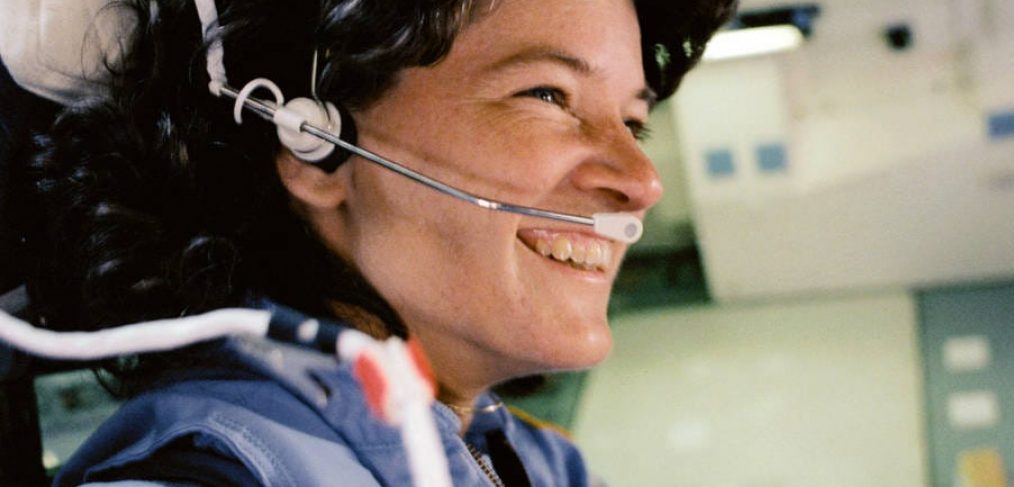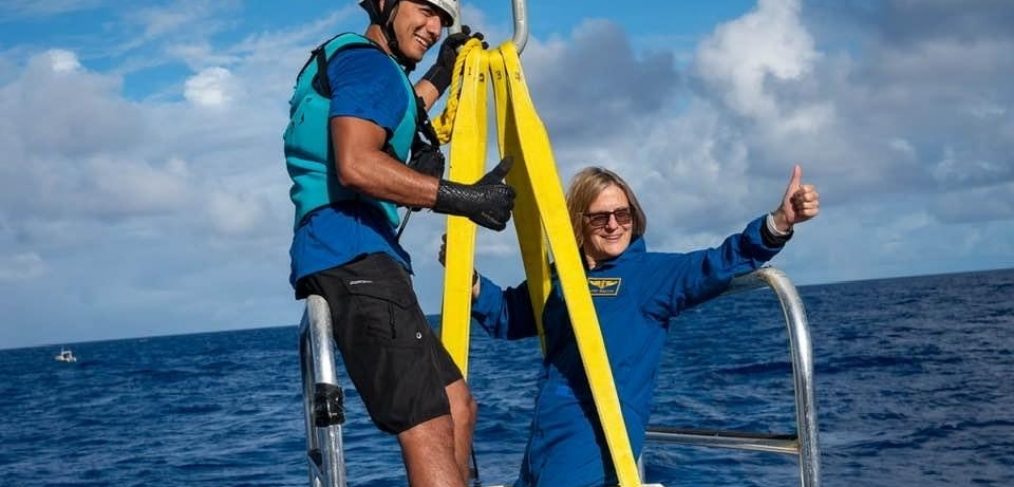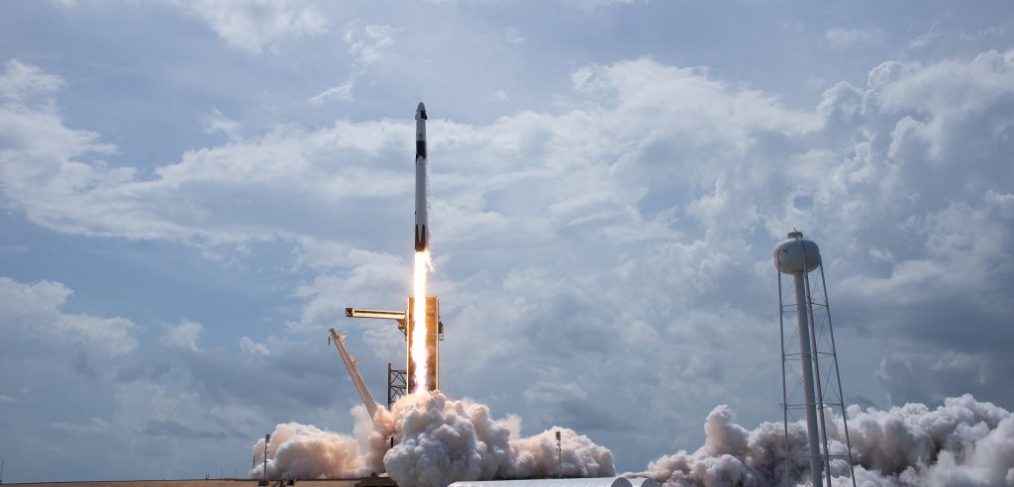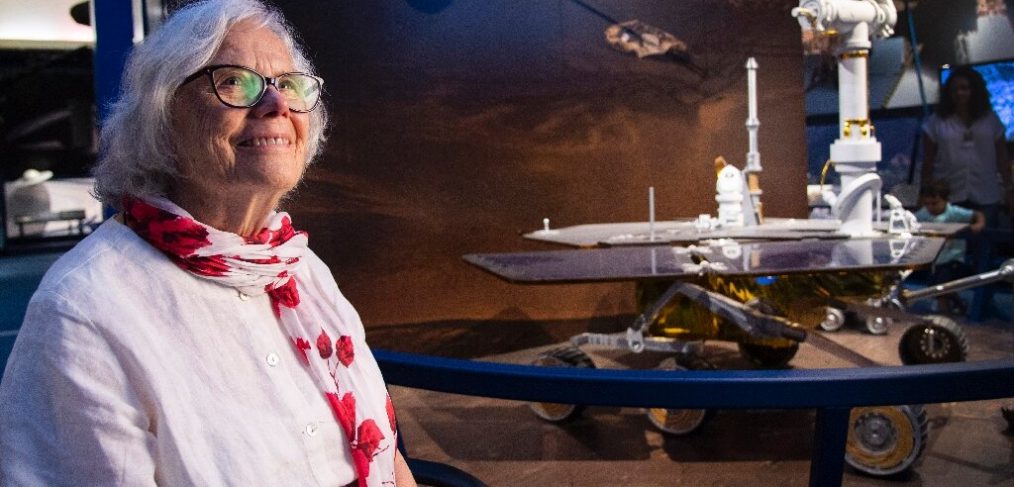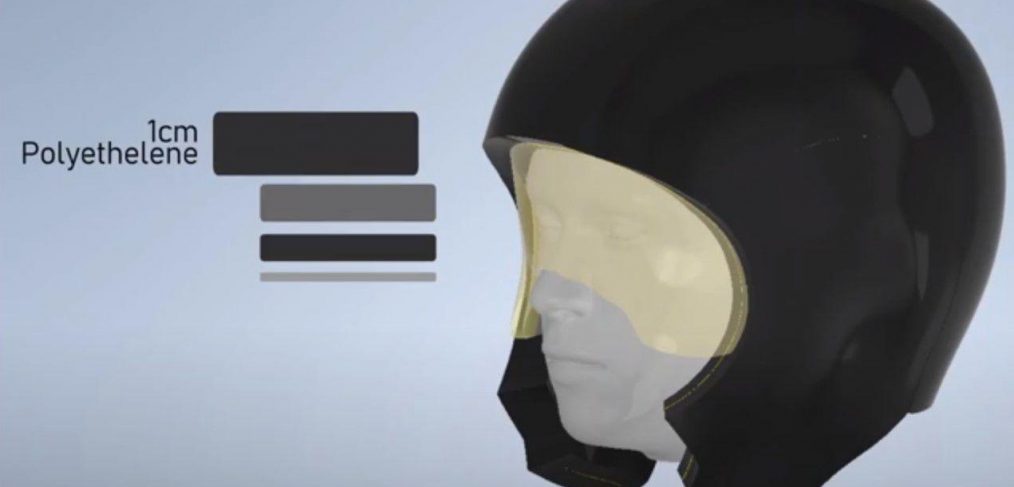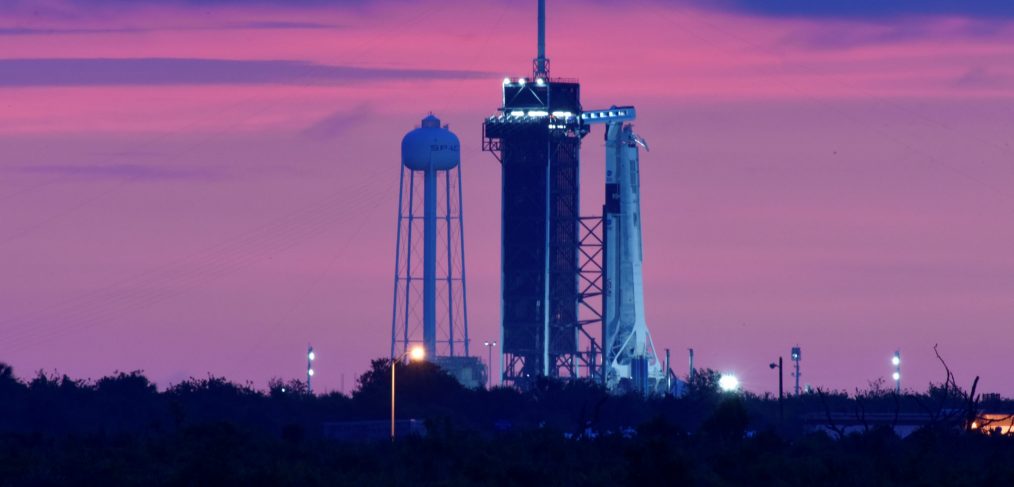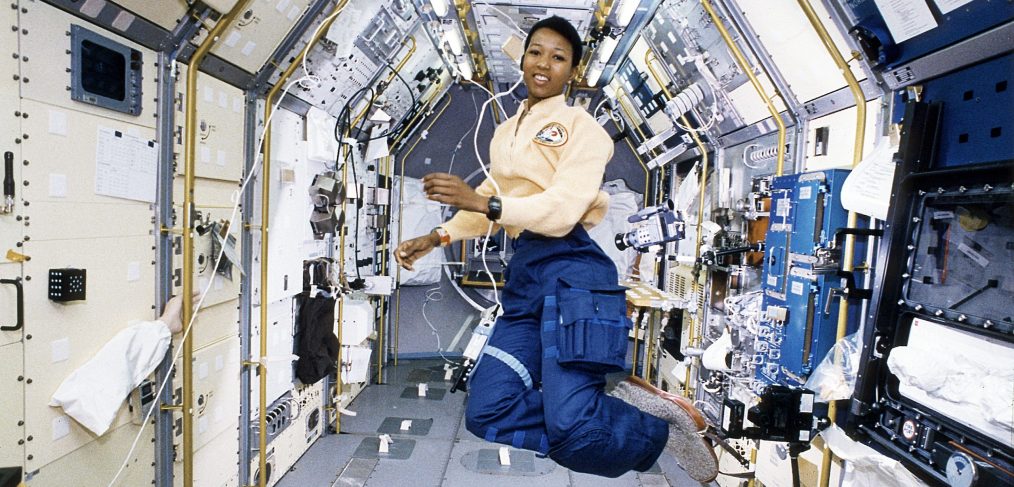On June 18, 1983, Sally Ride would become the first American woman to launch into space. She had already survived NASA’s grueling training and a barrage of tests, but there was another hurdle to cross before she boarded the Challenger space shuttle—overcoming the scrutiny of the media and the public.
In the lead-up to the launch, the astronaut fielded questions about menstruation, fashion, and even whether she might cry in space. But despite long-standing biases about women’s ability to withstand the rigors of space flight, Ride broke barriers—and changed the face of the space program along the way. (Here’s why women may be best suited for spaceflight.)


